Shambhala: The Mythical Hidden Kingdom of Peace
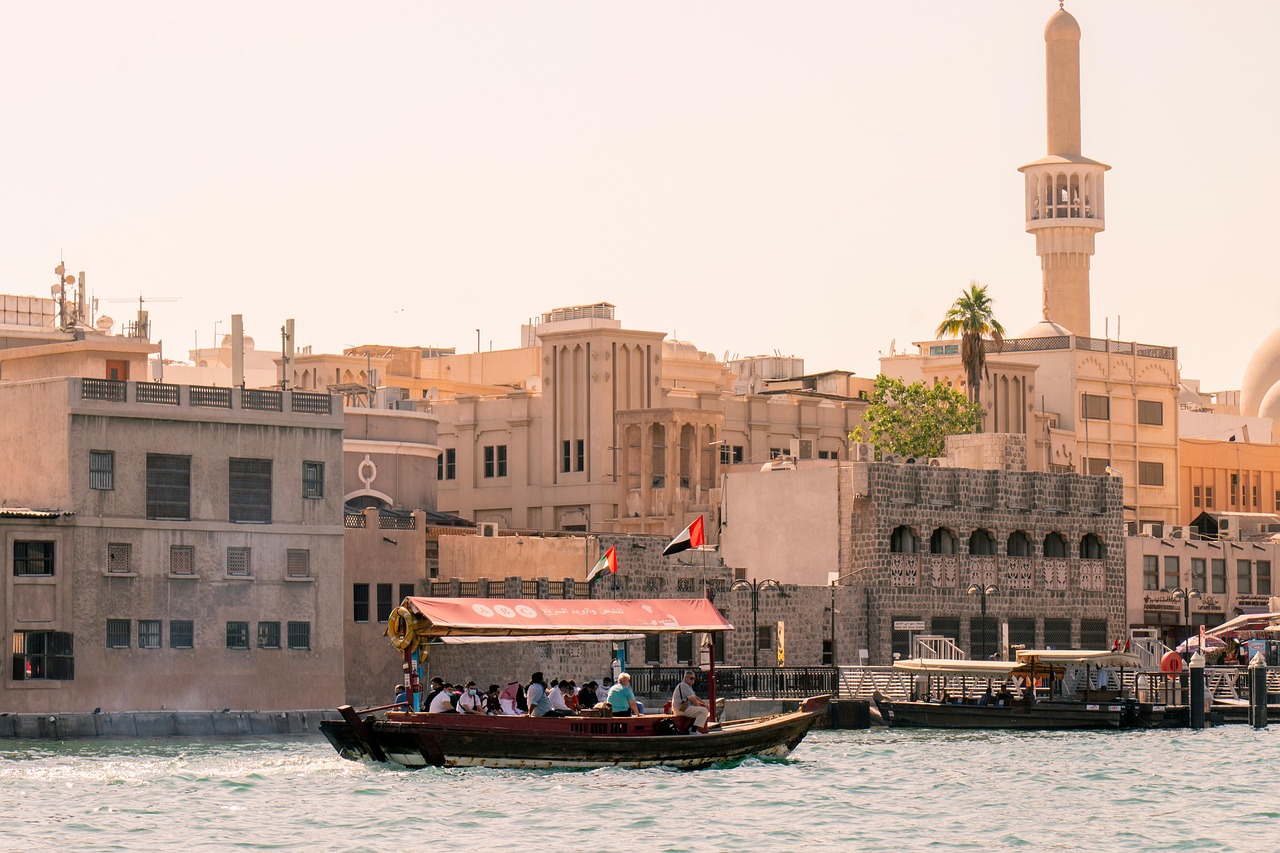
Explore the legends of Shambhala, a mythical utopian kingdom said to lie deep in the Himalayas. Discover its spiritual significance, mysteries, and cultural impact.
📍 Introduction
Shambhala — also spelled Shangri-La — is one of the most famous mythical destinations in world folklore. Hidden somewhere deep within the Himalayas, this legendary kingdom has captivated explorers, monks, and spiritual seekers for centuries. According to Tibetan Buddhist traditions, Shambhala is a realm of peace, purity, and enlightenment, governed by wisdom rather than power.
🌄 What Is Shambhala?
Shambhala (meaning “place of peace” in Sanskrit) is described as a hidden spiritual realm where its enlightened inhabitants live in harmony. Tibetan texts say that only those with pure hearts and minds can find it, making it both a metaphor and a spiritual journey.
It is said to be surrounded by snow-capped peaks and protected by powerful forces. The Kalachakra Tantra — an ancient Buddhist scripture — is the main source of knowledge about Shambhala, depicting it as a kingdom where the final battle of good vs evil will take place.
🧭 Where Is It Believed to Be Located?
Many legends place Shambhala somewhere in modern-day Tibet, northern India, or Bhutan — nestled deep in the untraveled Himalayas. However, it is not a physical location one can reach by conventional means. Instead, spiritual seekers believe the way to Shambhala is through deep meditation and enlightenment.
🌟 Cultural and Spiritual Significance
-
Buddhist Prophecies: It is believed that in times of great chaos, the King of Shambhala will emerge with a powerful army to defeat the forces of darkness and usher in a new golden age.
-
Shangri-La Influence: The concept inspired James Hilton’s “Lost Horizon,” which popularized the term Shangri-La as a western synonym for paradise.
-
Symbol of Inner Peace: Shambhala is a metaphor for reaching enlightenment — a state of balance, wisdom, and inner harmony.
📜 Legends and Mysticism
Many adventurers and mystics have claimed to have glimpsed Shambhala or received visions during meditative journeys. These stories, though unverifiable, contribute to the mystique and draw of this mythical kingdom.
📌 Why It Still Captivates Minds Today
-
The idea of a hidden paradise untouched by time and evil is universally appealing.
-
In a world full of conflict, Shambhala represents hope and spiritual clarity.
-
Its fusion of myth, geography, and prophecy keeps the legend alive in books, films, and spiritual teachings.
🧳 Can You Visit Shambhala?
In physical terms — no. But spiritually, many believe you can. Some travel to sacred Himalayan monasteries in search of enlightenment and connection to this legendary land. Meditation centers worldwide use “Shambhala” as a guiding philosophy for peace and awareness.
📷 Featured Image Suggestions:
-
A mystical Himalayan valley at dawn with fog rolling over peaks.
-
Abstract spiritual symbols and mandalas.
-
An ancient scroll or temple deep in the mountains.

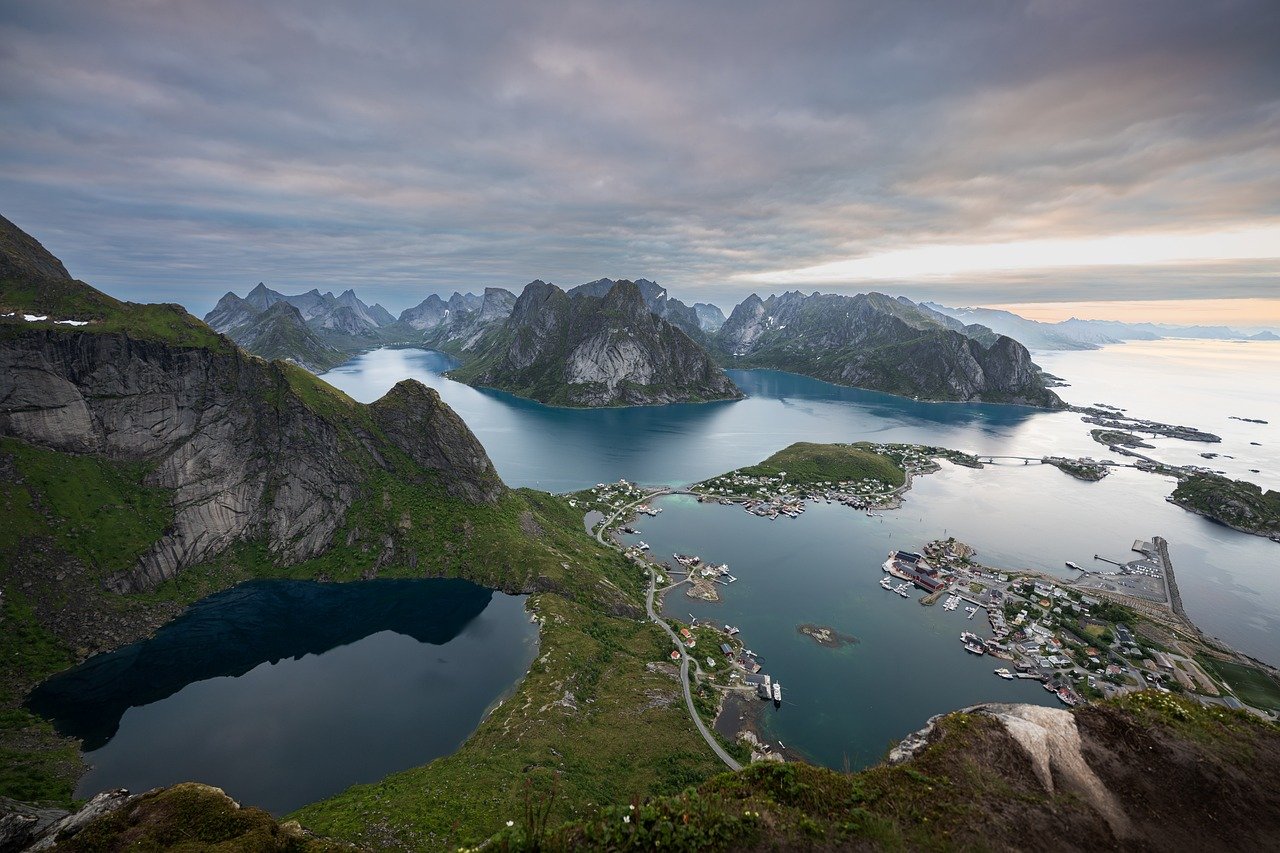
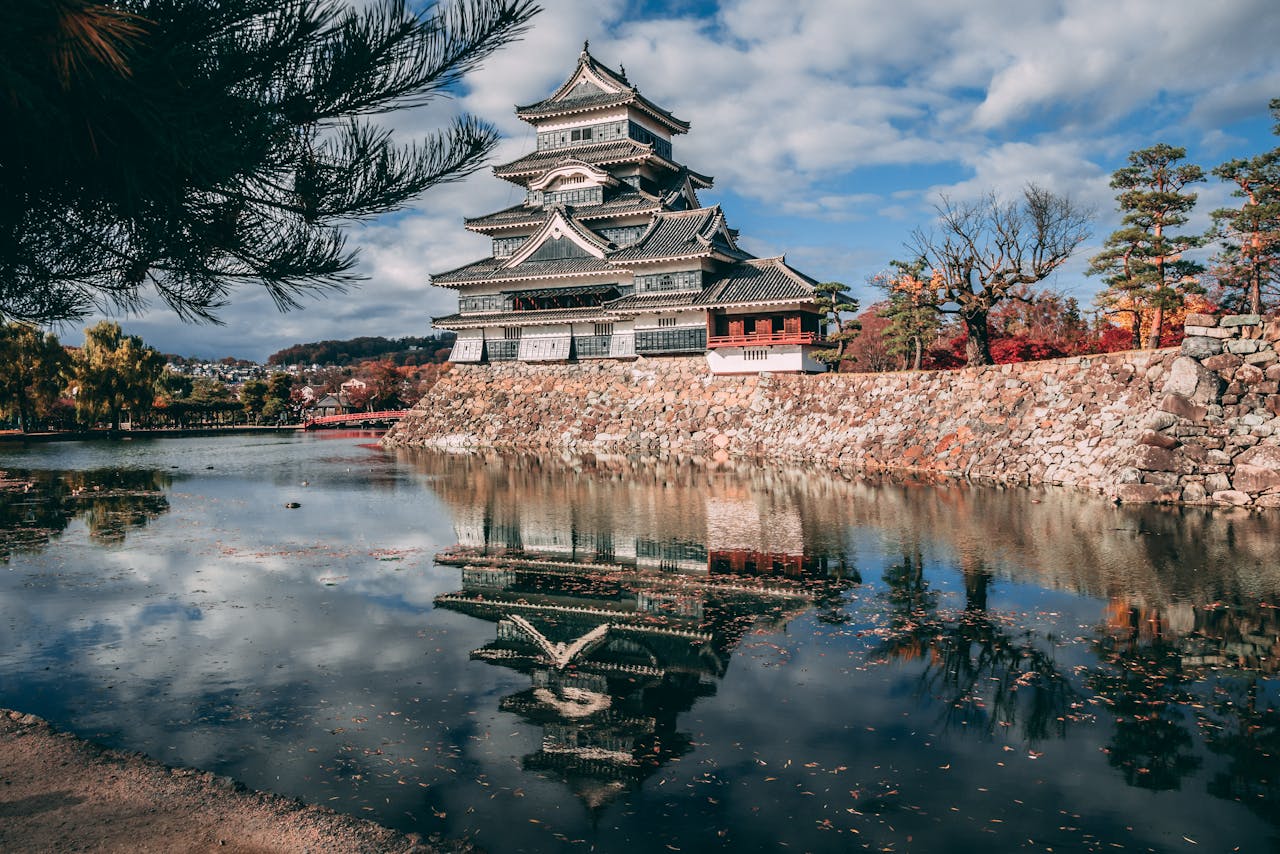
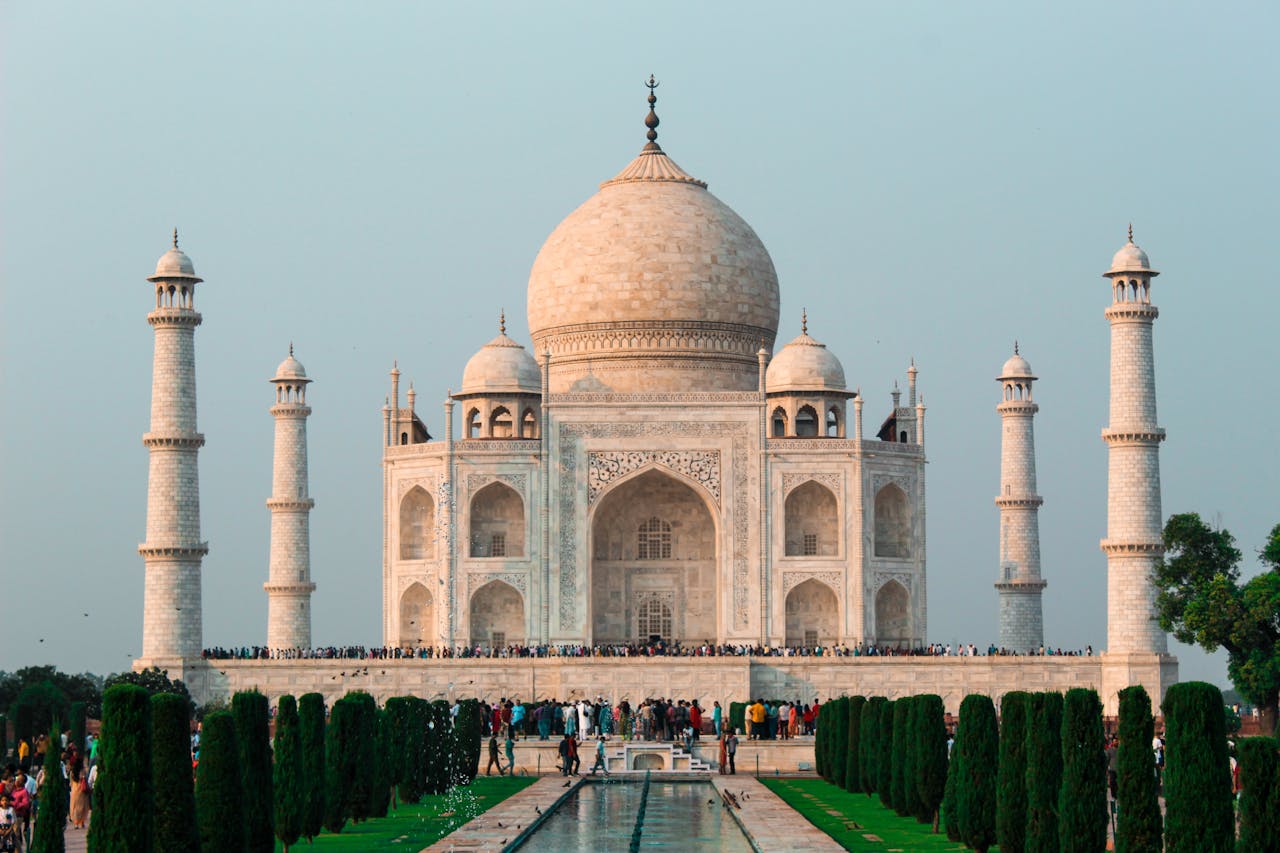
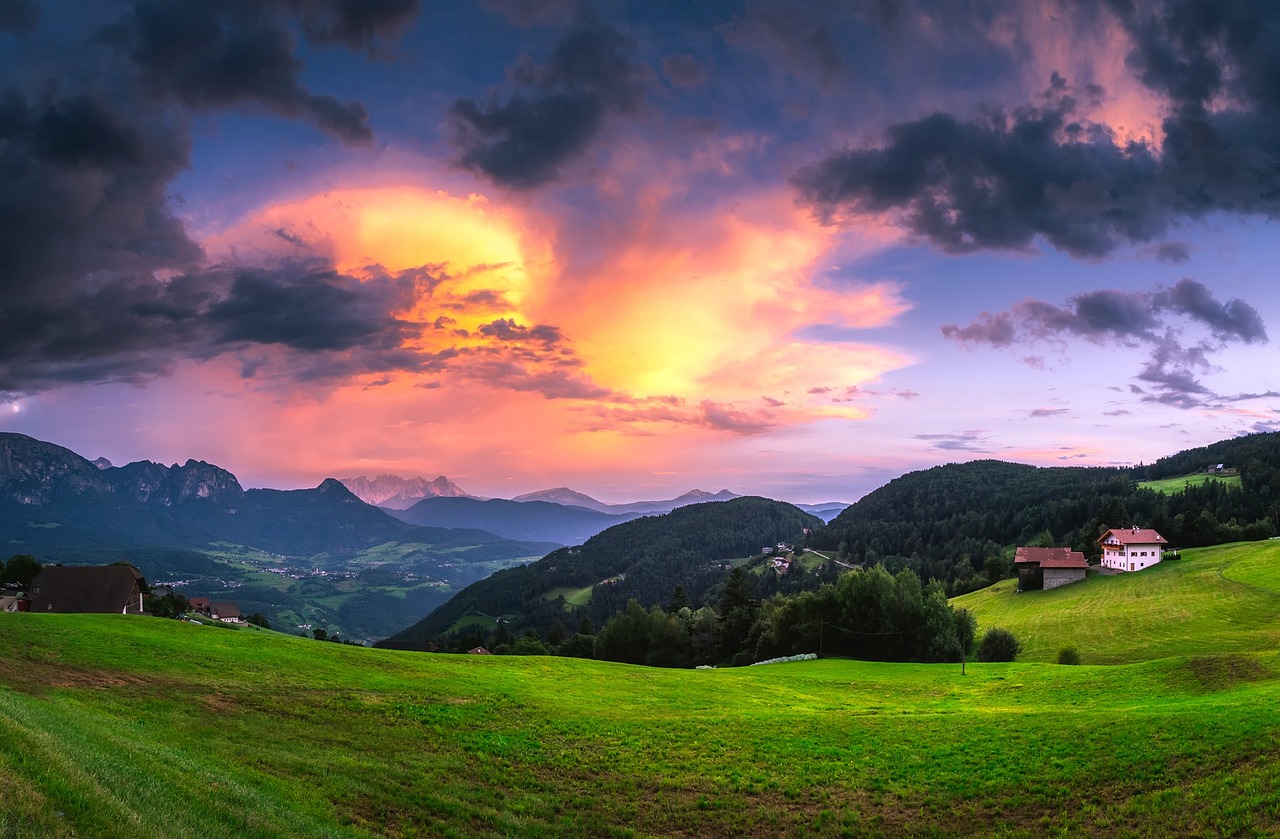
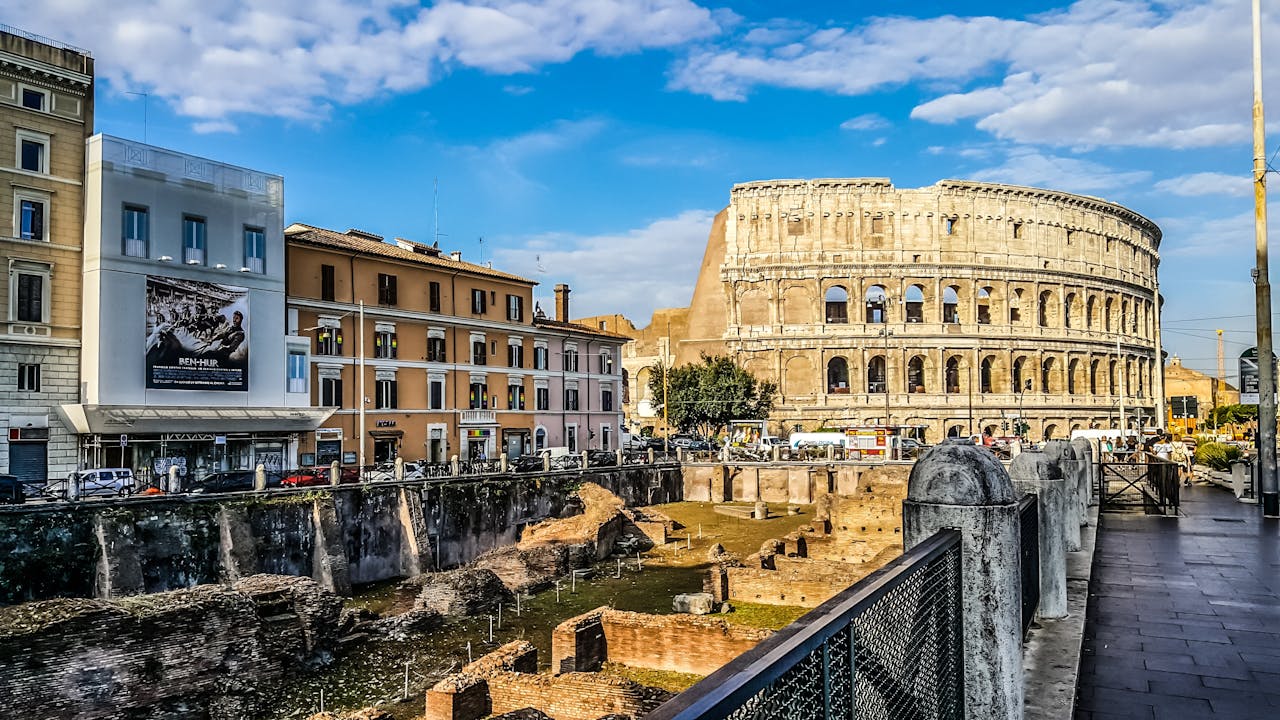
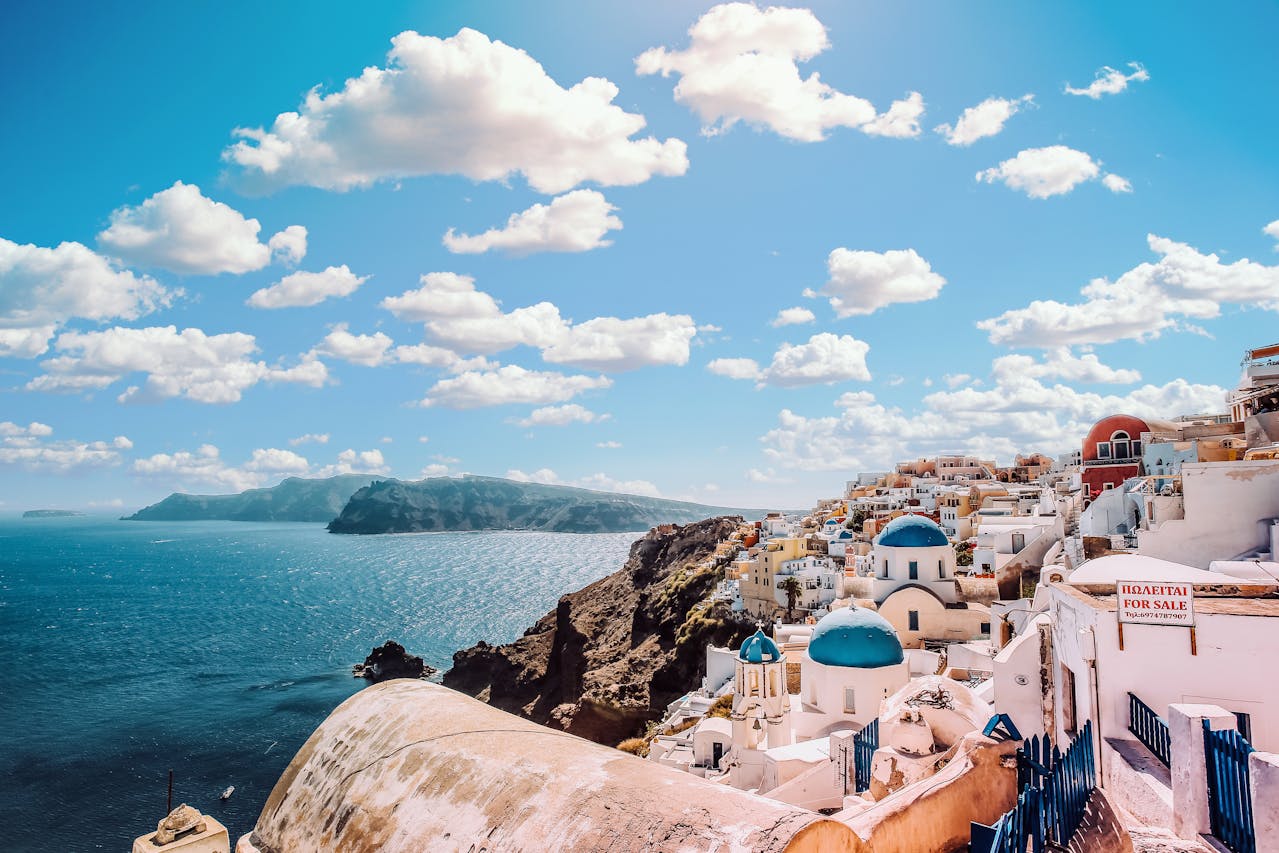

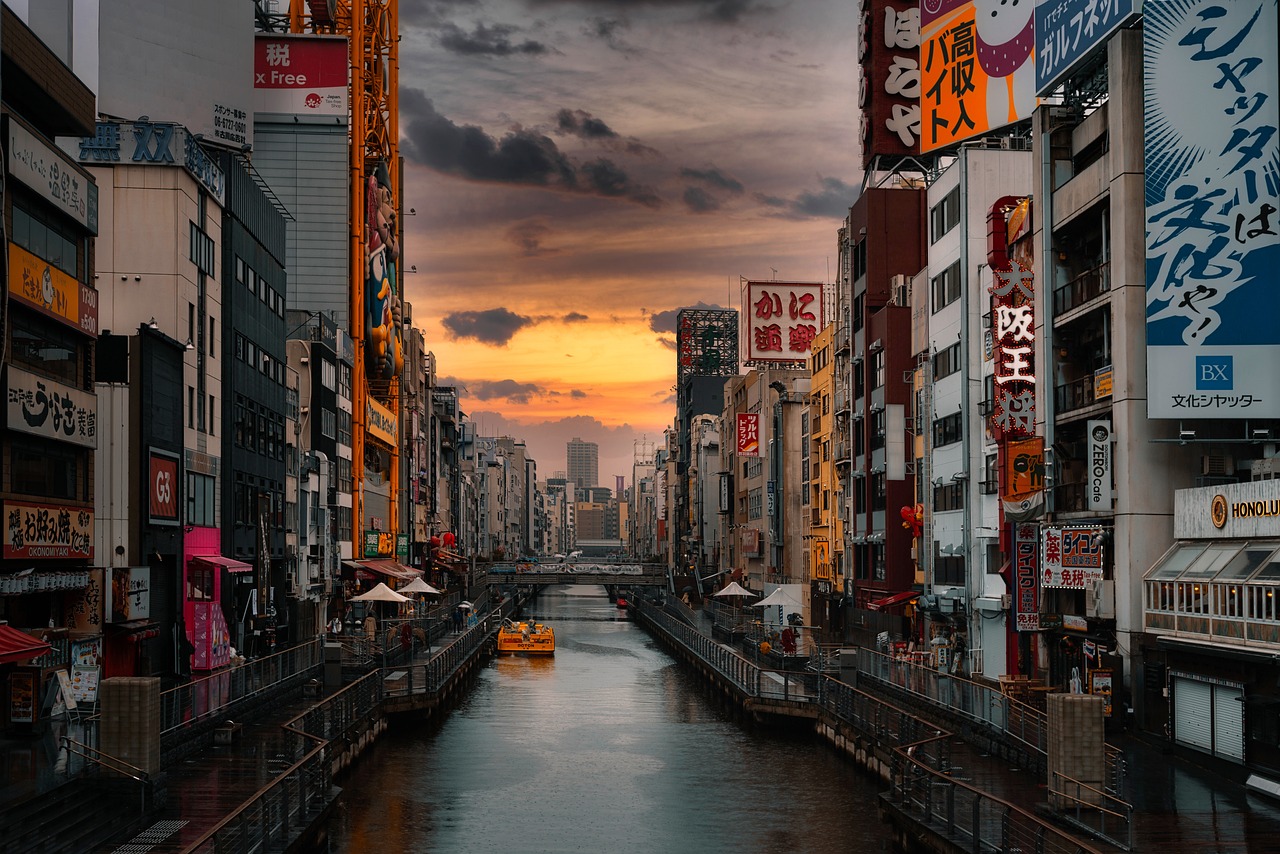
Comments (0)
Please login to leave a comment.